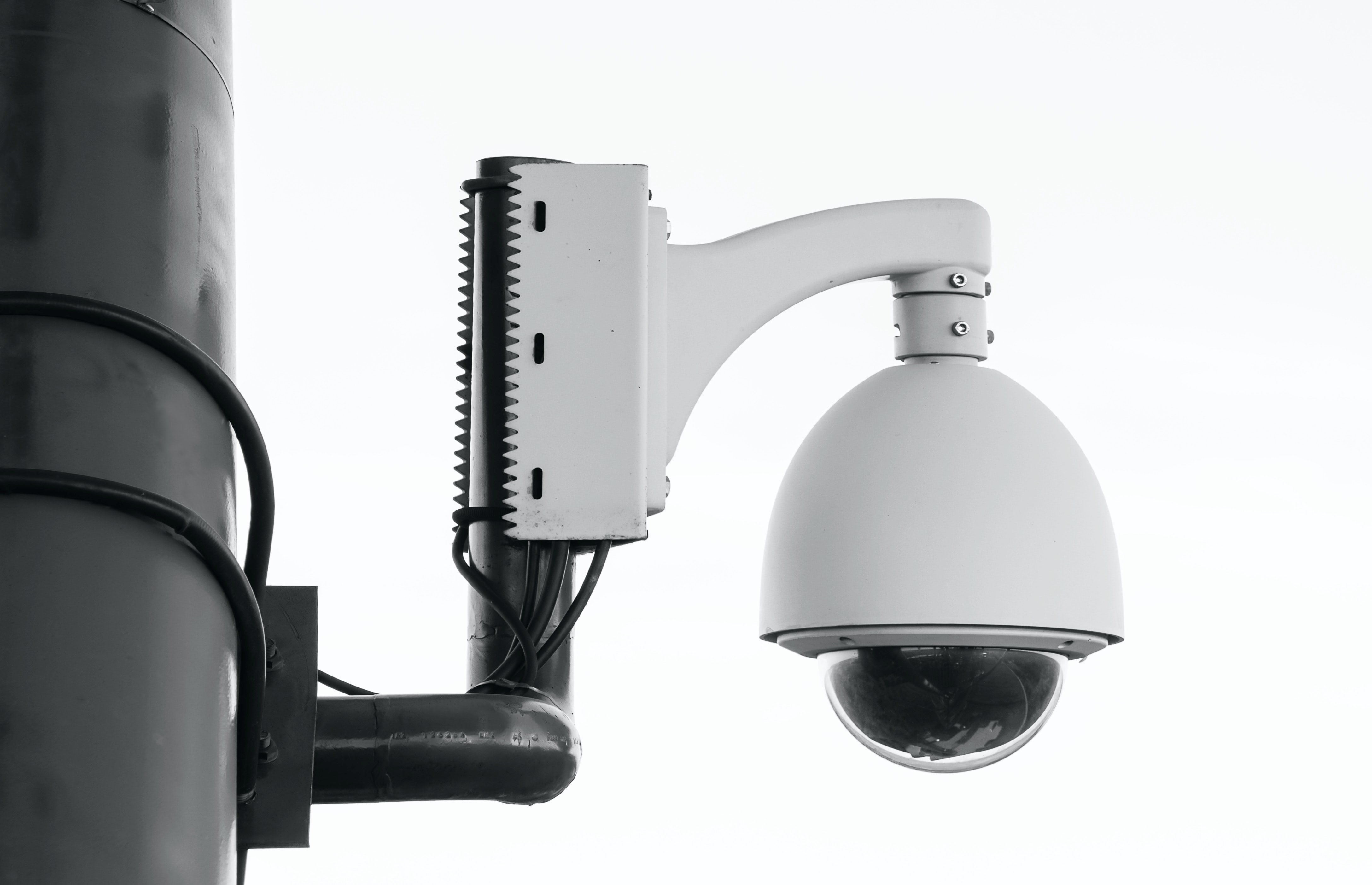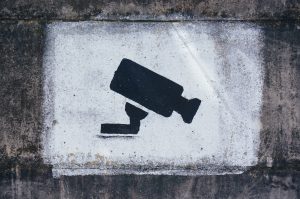The Benefits of Cameras for Public Safety

By: Jon Polly | Oct 01, 2020
Today there are cameras in many residences, almost every business, in a multitude of cities, and now even on some human bodies. The camera serves as the eye to the world when physical eyes cannot be present. The camera doesn’t sleep. The camera is a reactive piece of technology consisting of a lens, a processor, and an image sensor, and a way to output the captured image. The camera was designed initially to take an input and save that data to a storage device for review and / or to view real-time by a staff of operators who could then direct a response.
Today cameras are a lucrative business, and it is only going to get more lucrative. In 2019, according to Allied Market Research, the Global Video Surveillance market topped almost $43 Billion. While that number is large, it is stifled by the estimate that by 2027, Smart City Technologies will be in excess of almost $470 Billion, with the largest categories being in Smart Infrastructure (including citywide surveillance), Smart Buildings, and Smart Energy. For the integrator, there is money to be made in cameras. For Public Safety, the benefits far exceed the cost. For the purpose of this article, Public Safety is being defined as any person employed or technology used for the protection of persons in a public space, whether it be protected via public or private means.
The CSI Effect
In 2000, the television show CSI: Crime Scene Investigation changed public safety, almost overnight. Courts would no longer accept evidence presented in a court without a representative from the crime lab testifying on the forensic tests that had been performed. The officer’s word was no longer accepted, it must be corroborated with physical evidence. Video evidence became the easiest solution to meet that requirement. Originally it was dashboard cameras and VCRs, analog building cameras, and exported video. Today, the CSI effect has traversed to requiring body-worn recorded video. While not every department protecting the public (both public or privately held) has adopted body-worn cameras, the current trend in the criminal justice field is that without body-worn camera video, the testified crime did not occur. This has transpired as well into citywide surveillance and now video evidence that previously had been a nicety has turned into a necessity. Simply put, crimes that occur in public spaces that are not caught on camera have a very small conviction rate. Crimes caught on camera have a much higher conviction rate, if the video is usable. Usable video has been defined as frame rates of 7.5 fps and above with enough detail for recognition or identification. A definition for recognition and identification can be found at https://ipvm.com/reports/detection-recognition-and-identification.
no longer accept evidence presented in a court without a representative from the crime lab testifying on the forensic tests that had been performed. The officer’s word was no longer accepted, it must be corroborated with physical evidence. Video evidence became the easiest solution to meet that requirement. Originally it was dashboard cameras and VCRs, analog building cameras, and exported video. Today, the CSI effect has traversed to requiring body-worn recorded video. While not every department protecting the public (both public or privately held) has adopted body-worn cameras, the current trend in the criminal justice field is that without body-worn camera video, the testified crime did not occur. This has transpired as well into citywide surveillance and now video evidence that previously had been a nicety has turned into a necessity. Simply put, crimes that occur in public spaces that are not caught on camera have a very small conviction rate. Crimes caught on camera have a much higher conviction rate, if the video is usable. Usable video has been defined as frame rates of 7.5 fps and above with enough detail for recognition or identification. A definition for recognition and identification can be found at https://ipvm.com/reports/detection-recognition-and-identification.
The Officer Cost
The average annual salary for a police officer is $67,600 with Uniform, Vehicle, and In-Service Training Costs topping an additional $50,000 per year. The installation of a camera has been found to dramatically reduce the number of officers required so the manpower resource can be utilized wisely in areas where the officer makes the most impact. The creation of the Real-Time Crime Center (RTCC) or Security Operations Center (SOC) has allowed specially trained officers to view cameras live and direct officers as needed.
The average installed cost of a wireless IP camera (including installation, storage, infrastructure, licensing) is approximately $20,000. The average cost of a body-worn camera is $350. However, depending on the storage policy set by the department and where the video is stored; the storage cost is the expense. Many departments find that the body-worn camera storage is depleting their yearly budget. Still this cost is minimal in relation to the cost of just one officer. Recently traditional IP camera manufacturers have entered the body-worn camera market to help departments both public and private to have body-worn options that use their existing VMS and storage options.
Public Safety is learning that video is a necessity and must be afforded at all costs. The cost of a human person has advantages; however most departments are finding they can do more with less when they couple officers and camera technology together. As a note, public policy and internal policies can dictate the level officer, the use of the cameras, the retention of the cameras, and more. Cameras in the public space are required, they benefit public safety, and they can be big revenue for the right security integrator.
Analytics
Mentioned earlier, a camera is completely reactive- until it is made to be proactive. Camera analytics used to be big, bulky, require additional servers, and were extremely expensive. Today, camera analytics can be run directly at the edge on a camera, provide valuable proactive data, and the cost is being driven down with the addition of Internet of Things (IoT) interconnectivity. Cameras can now be used for sensing weapons, parking violations, communication between security and non-security devices for pedestrian safety, and weapons, just to mention a few.
Departments supplying public safety are realizing that for as good as the human is, they cannot see everything, and if they do, it has an accuracy rate of 33%. By utilizing analytics the departments can affect additional outcomes to increase the safety of the public. This may be detecting a weapon at a school before the first shot can be fired; or identifying vehicles parked where they are not supposed to be, preventing the next Oklahoma City Bombing.
Shared Resources
Many public and private departments supplying public safety are known to share resources. Public Private  Partnerships (P3s) have become the foundation for many Smart Cities where city funds are limited but the need to protect the public is still present.
Partnerships (P3s) have become the foundation for many Smart Cities where city funds are limited but the need to protect the public is still present.
Within the Smart City concept is the sharing of resources and data between departments for additional public safety as well as transportation and transit benefits. Camera analytics and sharing of resources allow cities to save additional costs by using one camera to do more than one job and affect more than one department. This cost savings and interoperability drives future collaboration within the city.
Conclusion
Cameras are vital to the protection of persons in a public space, whether it be protected via public or private means. Camera data is no longer just images stored on a hard drive; but it is now data that can be used and shared by many, kept secured with chain of custody, and affect the success of Smart Cities and the safety of the public.

